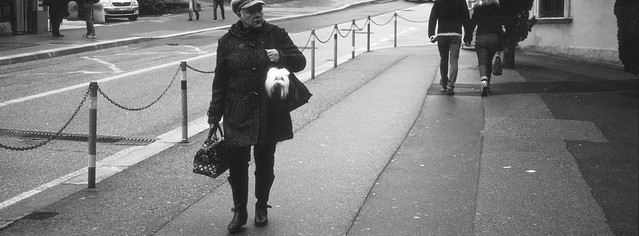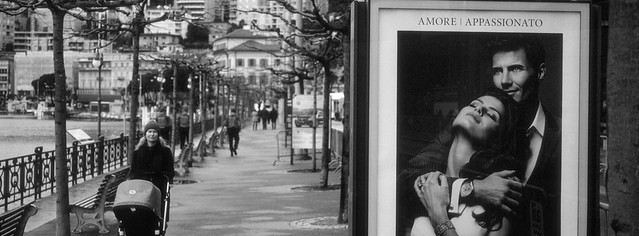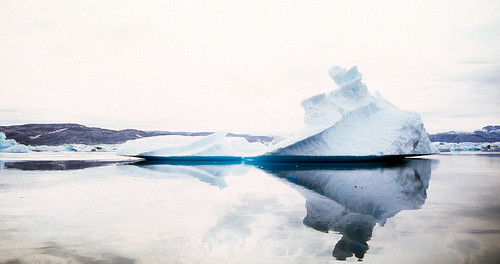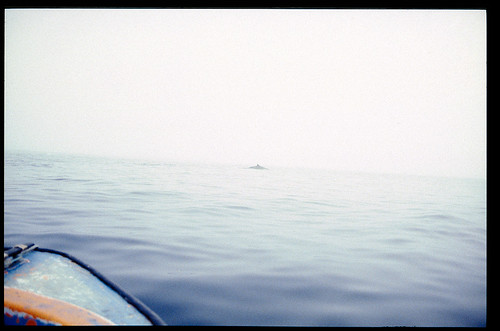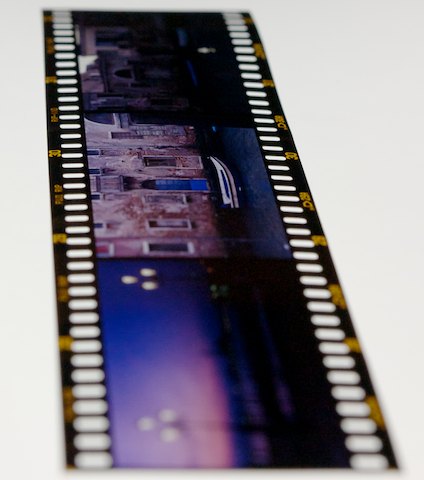in
Film , Sunday, January 26, 2014
Of all the reward and enjoyment that photography can bring, for me there’s still nothing that can quite match seeing a newly developed, well exposed transparency on the light table for the first time. The digital alternative of downloading a file from a card, opening it up in some application, applying basic corrections and pixel-peeping it on a screen is nowhere near to the same league. The colours in slide film just leap out at you, the contrast is already there, there’s a delicate vibrancy and luminance that is practically irreproducible in the digital world. Of course that’s where the fun stops and the pain starts.
Some film, yesterday.
The long process of scanning the film, while trying to keep it dust free, of carefully storing it, of checking the archive scan, converting the scan into a viewable and printable version is just starting, while over in digital workflow world you could have munched through 30 files at least. But it’s worth it. There’s no misty eyed nostalgia at work here: to my eyes, a well processed and printed photo scanned from slide film still has a character which digital can’t match. Or at least my digital can’t.
Maybe $50,000’s worth of Hasselblad or PhaseOne gear might change my mind, but that’s not going to happen on my pay grade. It’s purely subjective, of course, and by most if not all technical measurements it makes no sense, but I still find that I get a far higher proportion of keepers from film than I do from digital (interestingly, just after I wrote this, I read a blog post from Ming Thein which makes exactly the same point). And then there’s also the point that there is nothing in the digital world like the Hasselblad XPan, which is now my only regularly used film camera.
But increasingly the end looks to be nigh. Film cameras have their needs, and handling film does too. The obvious risk is that the ever dwindling supply of slide film on the market will shrink to nothing. Just today I discovered 3 rolls of the now defunct Kodak E100G lurking on the back shelf of a shop. They expire this month, but I still grabbed them. Then there’s the scanning part. My Minolta medium format film scanner is still going, after 12 years of constant use, but it’s getting cranky. The only feasible replacement on the market is the $2000 Plustek Opticfilm 120, which may or may not work well for XPan format slides. I have my doubts, and there’s no way to check it short of buying one. Then there’s another vital part of the chain: the light box for reviewing and editing slides, and preparing them for scanning.
Slide film on the light panel
I have a high quality Cabin A4 size light panel which I bought about 14 years ago. These days the company doesn’t even exist, and the light tube is not going to last forever. I’m not sure you can still buy anything even vaguely similar. Even more trivial but still vital: residue-free canned compressed air for blowing dust away. Whenever I see a few cans on sale, I buy them ... as today, when I also found those 3 rolls of E100G. Exotica such as electrostatic dust cleaning brushes have quietly vanished from the market over the last 5 to 10 years.
Sooner, probably, rather than later, the weakest link in this chain is going to break. Maybe even the camera itself will pack up. And at that point, photography is going to stop being quite as rewarding.

